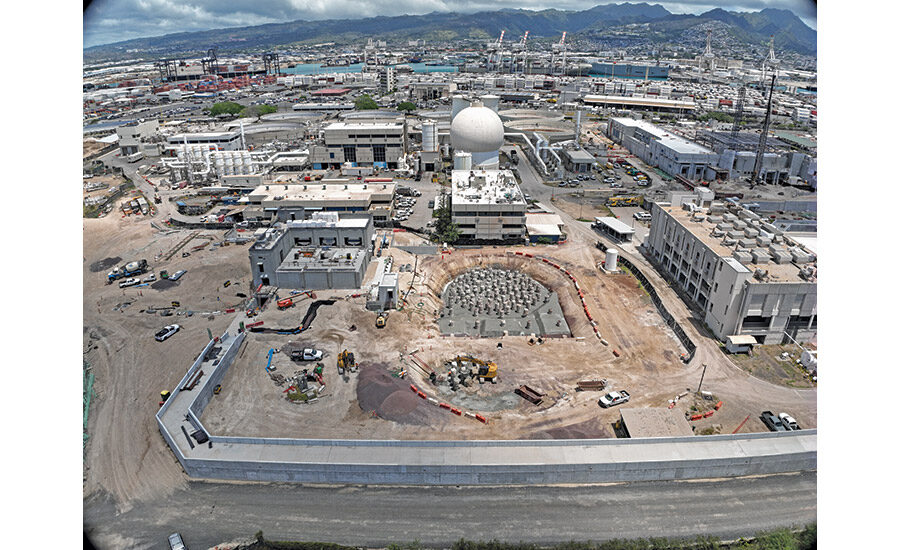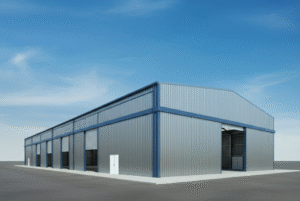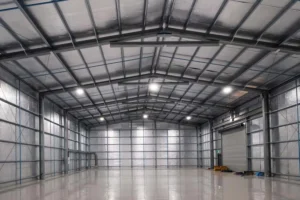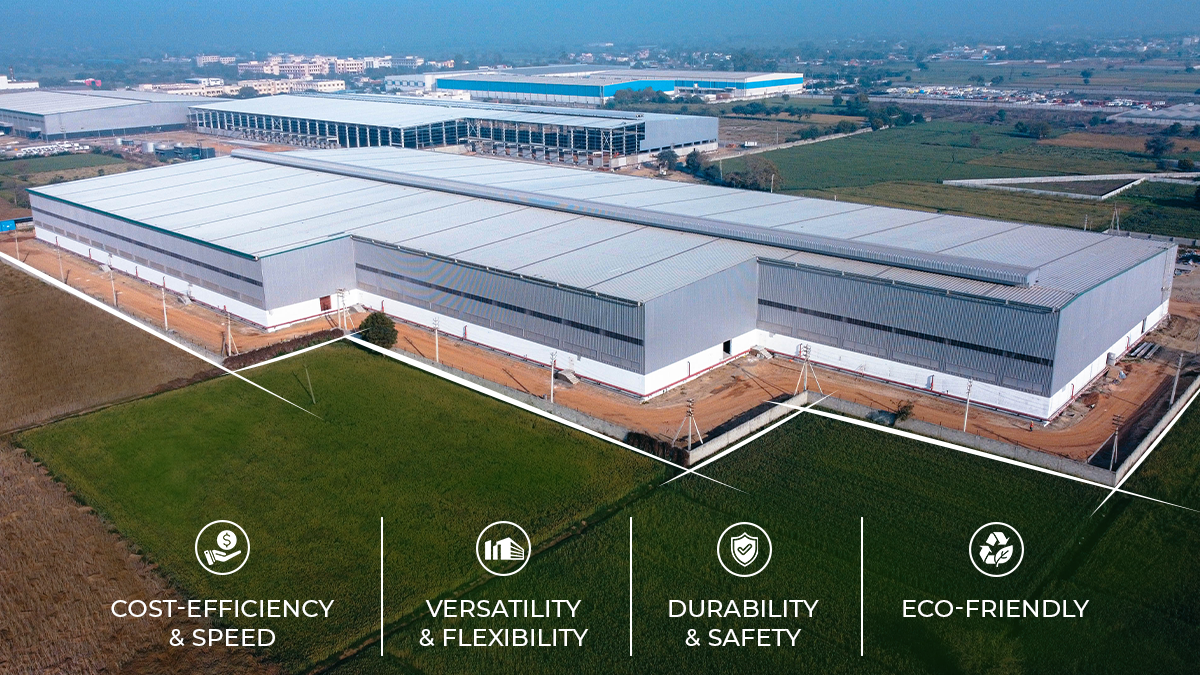
Honolulu Construction Sector Looks on the Bright Side
[ad_1]

Tom Myers
Pacific Area Leader
Brown and Caldwell
Honolulu’s construction sector has been busy lately, and that’s good news, according to Myers.
“The construction business appears to be strong in the Honolulu area as well as in the rest of Hawaii,” he says. “We aren’t seeing a slowdown yet, with some projects locked up for the next two or three years.”
The sanguine assessment counters a concerning stumble in Honolulu construction starts last year. According to Dodge Data & Analytics, the total value of new starts fell 25% to $5.2 billion in 2024.
Moving forward, the data hews much closer to Myer’s observation. Starts are estimated to top $6.5 billion this year and $7.8 billion in 2026. A key factor for the upswing will be growth in residential starts—particularly multifamily—with the total sector expected to top $2.1 billion in 2026. The region has a dire need for housing, Myers says, particularly affordable housing developments.
“This is driving construction projects and related infrastructure improvements, including upgrades to water, sewer and stormwater systems,” he says.
That impact is also reflected in the Dodge data that show environmental public works starts are forecast to grow by almost 45% to tally $2.4 billion in 2026.
A key example of this investment is the Sand Island Wastewater Treatment Plant upgrades project (ENR West 6/17/24 p. 48), which will total $2.5 billion over two phases. While expected demand has made the project a priority, meeting regulatory requirements also prompted changes to the facility.
Brown and Caldwell is currently a sub-contractor supporting the $700-million first phase of construction management for the project that will massively upgrade the plant, which serves the Honolulu urban area, including Waikiki.
Climate concerns are a factor as well. Managing and adapting to extreme weather events is critical to ensure the sustainability of the island’s limited freshwater resources.
“Honolulu is focused on managing and adapting to the impacts of extreme weather events like either too much rain that causes major flooding or too little rain that creates drought conditions,” Myers says. “Rising sea levels also impact infrastructure near our coastlines, and with these changes, ensuring the sustainability of water resources is a priority.”
Additionally, Brown and Caldwell is guiding an islandwide, interagency initiative known as One Water Honolulu.
“The initiative is bringing together agencies from across the city and county of Honolulu to collaboratively develop and implement capital improvement projects that support the community’s resilience to these types of climate shifts,” Myers explains.
He says he expects about 50 near-, mid- and long-term projects will be identified and coordinated across agencies as part of the program.
One Water Honolulu builds from milestone efforts like the city’s Climate Ready Oahu and the Oahu Resilience Strategy. If successful in Honolulu, the concept may help other Hawaiian islands deal with similar water challenges.
“The hope is to provide an approach and road map that can be leveraged and adapted to address their particular drivers for a One Water plan,” Myers says.
“Rising sea levels also impact infrastructure near our coastlines…. Ensuring the sustainability of water resources is a priority.”
—Tom Myers, Pacific Area Leader, Brown and Caldwell
The ever-present bugbear to the fortunes of Hawaii’s AEC sector is staffing. The industrywide problem of finding and hiring workers is compounded by Hawaii’s geographic isolation.
Myers says the construction side of the business seems well staffed, but engineering and architecture firms are feeling the pinch as are municipalities. The result is a compounding effect.
“The labor shortage impacts how quickly projects can get done,” Myers explains. “This means municipalities are also relying on the AEC community to do more to support their programs.”
And the specter of economic disruption due to inflation continues to cast a shadow.
Earlier this year, Hawaii’s Dept. of Accounting and General Services said some of the $1.8 billion in projects in design may have to reduce their scope to stay on budget.
Supply chain issues since the COVID pandemic have created a culture of building in longer construction lead times to accommodate any potential lag in getting supplies, Myers says.
“Given economic uncertainty, there is discussion that some projects may dry up and materials may increase in cost,” he says. “However, this hasn’t yet come to fruition.”
[ad_2]
Source link
Post a Comment
You must be logged in to post a comment.






